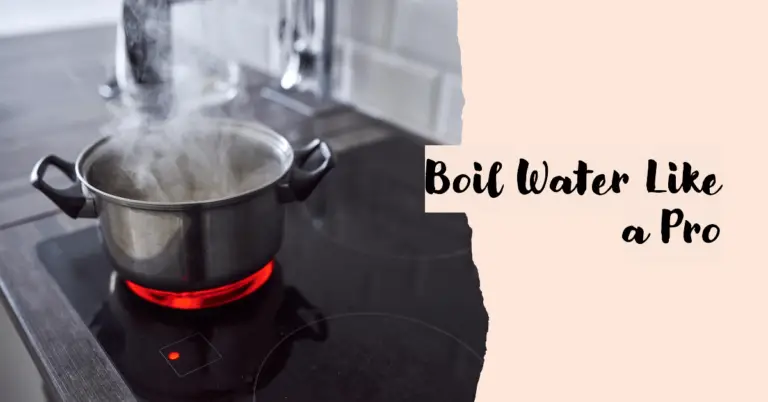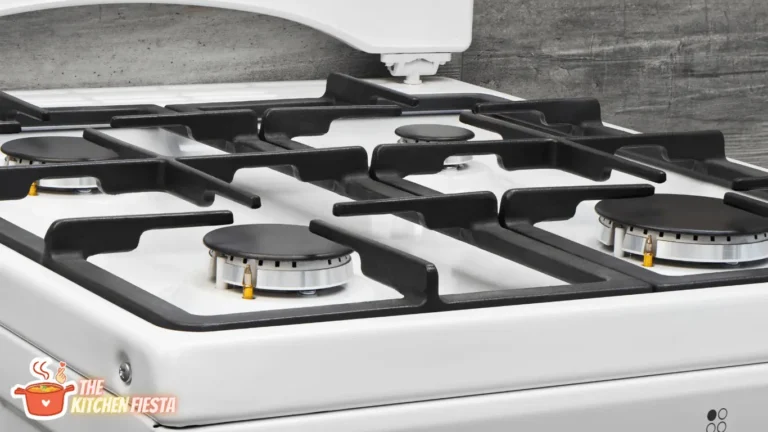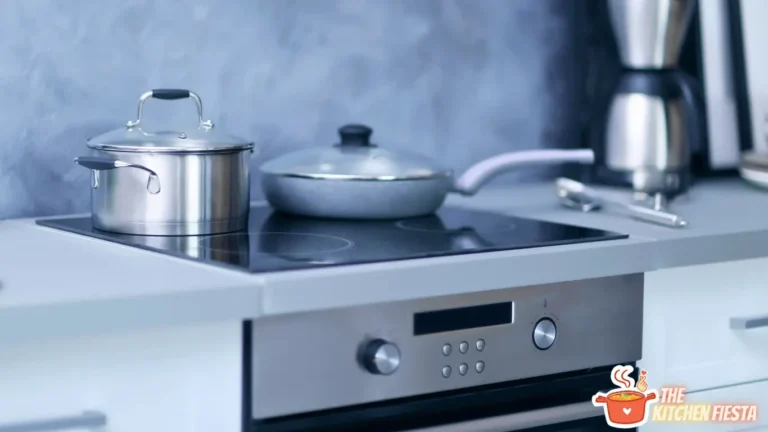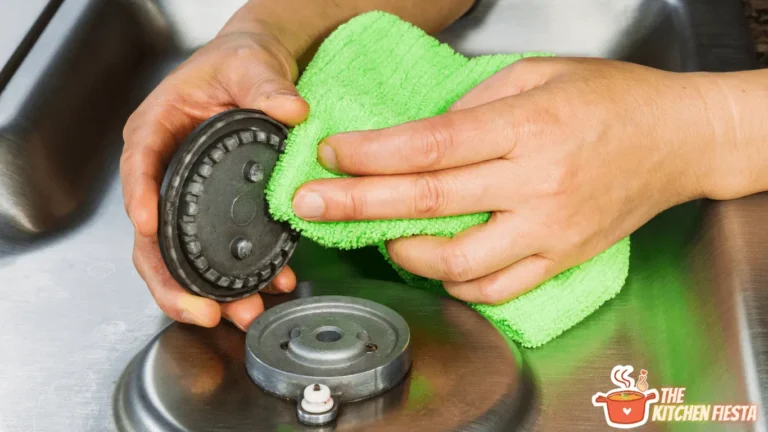Solo Stove Yukon 1.0 vs 2.0: Which One Is Right for You?
Camping trips with family and friends are always better with a warm, crackling fire. But traditional campfires often billow smoke that makes your eyes burn and clothes reek. Solo Stove’s innovative backyard and portable fire pits aim to fix this with a patented smokeless design that creates cozy fires anywhere with less smoke.
The popular Solo Stove Yukon model has recently been updated to a new Yukon 2.0 version. It adds useful improvements like a removable ash pan. But is it worth paying extra to upgrade from the Yukon 1.0 you may already own or buy the 2.0 over the 1.0 as a new buyer?
We compare the Yukon 1.0 and 2.0 in depth across design, features, performance, ease of use and more to help you decide if the 2.0 upgrade is worth it.
To start, let’s provide some quick background and context around Solo Stove as a brand and its smokeless fire pits. Then we’ll dive deep into comparing the Yukon 1.0 vs 2.0.
Solo Stove’s Smokeless Fire Pits
Founded in 2010, Solo Stove aims to reinvent the campfire experience with their innovative backyard and portable smokeless fire pits.
Using a double wall stainless steel design and unique airflow technology, Solo Stove’s fire pits burn wood extremely efficiently. This creates a beautiful flame with minimial smoke output.
The lack of smoke helps your eyes and clothes stay smoke-free. And without billowing clouds of smoke, you can better enjoy the mesmerizing ambience of the fire.
Solo Stove offers smokeless fire pits in three sizes:
- Ranger – Portable model for camping, tailgating, etc.
- Bonfire – Mid-size yard fire pit
- Yukon – Large fire pit for big gatherings
The company continues to refine its smokeless technology for better performance and user experience. The newest iteration is the Yukon 2.0 – an upgrade over the original Yukon fire pit.
Next let’s look at what exactly is new and improved in the Yukon 2.0 compared to the 1.0.
Solo Stove Yukon 2.0 Improvements and Changes
Solo Stove recently released the Yukon 2.0 as an upgrade over the original Yukon backyard and portable fire pit. Here are the key upgrades and differences:
- Removable ash pan – The Yukon 2.0 features a removable stainless steel ash pan to simplify cleanup. Just slide it out and dump.
- Updated airflow technology – Redesigned interior and vents feed air to the fire for a hotter, faster burn and less smoke.
- Removable base plate – A detachable bottom plate on 2.0 makes ash cleanup easier and assembly simpler.
- Bigger carry case – The included nylon carry case now fits the Yukon 2.0 ash pan for easy transport.
Aside from these changes, the overall steel construction, size, weight, and accessories remain the same between the 1.0 and 2.0.
Clearly the removable ash pan is the star of the show here. But do the other 2.0 tweaks combine to make a meaningful upgrade over the Yukon 1.0? Let’s dive deeper into the comparison.
Comparing Solo Stove Yukon 1.0 vs 2.0 Core Features
While the Yukon 2.0 refines a few elements, the core design stays consistent across both models:
- Durable stainless steel construction
- Smokeless convection airflow technology
- Outdoor design is weather/rain proof
- Fits 16” standard firewood logs
- Weighs about 38 lbs
- Carry case for portability
- Accessories like stand, shelter, cooking grate
The Yukon 1.0 and 2.0 share the same iconic silver tub shape. Both models stand 27” tall with a diameter of 19.5”.
The overall fire pit capacity remains 25 lbs of wood for the 1.0 and 2.0 versions.
When it comes to fundamental traits like materials, size, and weight – both Yukon fire pits are identical.
Now let’s compare where they differ – the upgrades unique to the 2.0.
Key Solo Stove Yukon 2.0 Features and Improvements
While the core DNA stays the same, the Yukon 2.0 introduces meaningful upgrades and new features:
Removable Ash Pan
Arguably the star of the show, the removable ash pan makes cleaning up the Yukon 2.0 incredibly easy.
The original Yukon 1.0 lacks an ash pan. So you need to carefully scoop or shovel out ash after each fire.
But the 2.0’s stainless steel ash pan cleanly slides out the bottom to empty ash fast. Just pull, dump, and return the pan. No scraping required.
Enhanced Airflow Technology
Solo Stove says they upgraded the airflow technology in the Yukon 2.0 to optimize burn efficiency and heat production.
Extra vents were added and the interior geometry adjusted to feed the fire more air. This enhances the smooth convection process for a better burn.
The boosted airflow allows the fire to light and grow faster while reducing smoke output.
Removable Base Plate
The Yukon 2.0 gains a handy removable base plate that detaches from the bottom.
Removing this plate provides more thorough access to clean out ash or debris that falls through the main grill.
It also makes setting up the Yukon easier. Just secure the base plate, attach the ash pan, and add the grill.
Larger Carry Case
While the 2.0 still includes a durable carry case, Solo Stove increased the size to fit the new ash pan.
This allows you to easily transport the Yukon 2.0 just like the 1.0. Carry options are important for a portable fire pit.
So in summary, the Yukon 2.0 brings meaningful upgrades like the ash pan, airflow system, and base plate without altering the overall design.
But do these changes actually improve real world functionality and performance? Let’s compare.
Solo Stove Yukon Ease of Use Comparison
A fire pit needs to be easy to setup, use, clean, and maintain. How does the convenience compare between the Yukon 1.0 and 2.0 models?
Setup
Setting up the Yukon 2.0 is slightly faster thanks to the removable base plate – just pop it on and attach the ash pan.
The 1.0 takes a bit more effort to perfectly situate the inner grill in the basin.
Cleaning and Maintenance
Here’s where the 2.0 excels thanks to the removable ash pan. Just slide it out and dump ashes after each fire in seconds.
Cleaning the 1.0 requires carefully scooping or shoveling out ash through the bottom vent holes. More work and less effective.
Portability
Both Yukons feature handles and an included carry case. Collapsed and stored in the case, they are equally easy to transport.
The 2.0 case simply fits the detached ash pan while the 1.0 case does not.
Safety
No major safety differences exist since the overall construction is the same. Both models get extremely hot so use caution.
The 2.0 does burn hotter, faster thanks to the improved airflow. So keep that in mind around kids or pets.
Maintenance
The removable ash pan and base plate on the 2.0 make cleaning and maintenance much simpler compared to the 1.0 model.
You can access the entire inner surface faster without scraping. Less debris gets stuck long-term.
So while both Yukon fire pits are reasonably easy to use, the 2.0 adds more convenience, especially for cleanup.
But does that convenience also lead to better fire performance? Let’s look at how they compare in action.
Solo Stove Yukon Fire Performance and Experience
According to Solo Stove, the Yukon 2.0’s redesigned airflow system allows the fire to burn better. But is the experience noticeably improved?
Faster Startup Time
The upgraded airflow in the 2.0 does make the fire start and grow faster once lit. More intake vents feed the fire oxygen faster.
You’ll be feeling noticeable heat sooner with the 2.0 thanks to the quicker warmup.
Hotter Fire
Thanks to more oxygen and enhanced convection airflow, the 2.0’s fire burns hotter once it gets going.
The additional airflow makes for great heat and ideal conditions for cooking over the fire.
Less Smoke
While the 1.0 is smokeless, the 2.0 reduces smoke output even further due to the smarter air circulation.
Less smoke means the campfire smell stays off your clothes better and avoids smoke irritation.
More Controlled Burn
The consistent intake of air in the 2.0 makes the fire burn in a more controlled, predictable manner.
It avoids spikes up and down in heat thanks to the well-fed airflow through the vent system.
So in terms of fire experience, the Yukon 2.0 offers noticeable perks thanks to the updated airflow technology.
Portability Comparison
One of the Yukon fire pit’s trademarks is its portability. Does the added ash pan impact the 2.0’s mobility?
Weight
The Yukon 2.0 weighs nearly identical to the 1.0 at around 38 pounds. The ash pan doesn’t add significant heft.
Carry Case
Both models include a durable nylon carry case with handles for easy transport in a vehicle.
The 2.0 case is just bigger to allow the ash pan to fit inside when stored.
Size
The overall dimensions remain the same at 27 inches tall and 19.5 inch diameter. Identical to the 1.0.
Setup
Thanks to the quick-attach base plate, setting up the 2.0 at a campsite or tailgate is even faster than the 1.0.
So the 2.0 retains the full portability of the 1.0 with the minor exception of the larger carry case.
Accessory Compatibility
An advantage of the Yukon 2.0 is that it remains compatible with all existing Solo Stove accessories and add-ons.
So extras like the stand, shelter, cooking grate, and other accessories made for the 1.0 will also work on the new 2.0 model.
This cross-compatibility ensures you can outfit your 2.0 with any accessories you may already own. New buyers also get the full range of customization options.
This allows you to create the ultimate backyard fire pit setup.
Solo Stove Yukon Fire Pit Pricing Comparison
Now for the big question – how much more does the Yukon 2.0 cost compared to the 1.0? Is it worth the price bump?
Solo Stove Yukon 1.0 Price
The Yukon 1.0 sells for $299.99 USD direct from Solo Stove’s website. Through various third-party retailers it can be found for around $250.
Solo Stove Yukon 2.0 Price
The brand new Yukon 2.0 is listed at $399.99 on SoloStove.com. Since it’s a newer model, no major discounts are available yet beyond Solo Stove’s site.
Price Difference
At full retail pricing, the Yukon 2.0 costs $100 more than the 1.0 – a 25% increase.
Factoring in real world discounts over time, expect around a $100-$150 price difference.
Is the 2.0 Worth the Extra Cost?
For some buyers, the Yukon 2.0 will be well worth the $100+ price jump:
- If you entertain or cook for large gatherings
- If you camp in cold weather often
- If you prioritize easy ash cleanup
- If smoke irritation is a major annoyance
However, the 1.0 may remain the better buy in certain situations:
- If it’s for occasional backyard use
- If portability is most important for frequent travel
- If you’re on a tight budget
- If you don’t mind ash cleanup difficulty
Overall the 2.0 adds meaningful upgrades that enhance performance and convenience. But the tried and true 1.0 still offers excellent smokeless fires at a more budget-friendly cost.
Conclusion
The Solo Stove Yukon 2.0 takes an already stellar portable backyard fire pit and improves upon it in smart ways. The addition of the removable ash pan, updated airflow technology, and removable base plate all add more convenience and better performance.
While the 2.0 commands around a $100-$150 price premium, the upgrades will likely be worthwhile for frequent fire pit users who want maximum simplicity and performance. More casual users may still want to save money with the capable Yukon 1.0 however.
Both options are phenomenal smokeless fire pits. The Yukon 2.0 simply refines the user experience further. Improved airflow makes for faster, hotter, less smokey fires in your backyard, at campsites, or on roadtrips. And the ash pan drastically simplifies cleaning.
So is the 2.0 worth upgrading or buying new? If you want the latest innovation from Solo Stove in a large, do-it-all fire pit, then the Yukon 2.0 is easily worth the investment. But the Yukon 1.0 still delivers an excellent smokeless fire experience if you want to save money on your first purchase or don’t need the 2.0’s refinements.
Whichever model you choose, a Yukon fire pit will create memories around the smoke-free campfire for years to come.





